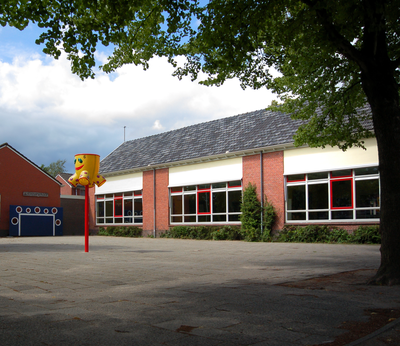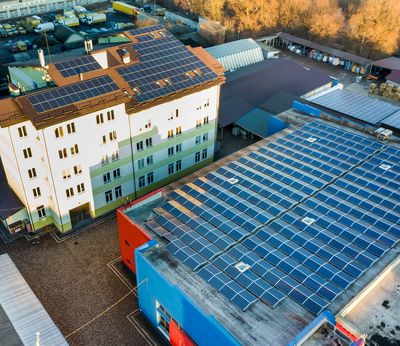Discover with these use cases the usefulness and benefits of collecting energy data and real-time monitoring. If you can’t measure it, you can’t improve it!

OFFICES: Monitoring energy savings in detail
To comply with new regulatory requirements and to cope with increases in energy costs, office buildings must better understand their consumption and act more efficiently.
Real-time monitoring of existing meters makes it possible to support the entire process:
- unregulated ventilation programming
- abnormal heat pump cycles indicating premature wear
- lights left on in the evening
- overconsumption of air conditioning
Examples:
- diagnosis of the existing
- detection of anomalies and areas for improvement
- verification of real savings
- monitoring and alerting (forgotten equipment, disruption of automation, breakdowns)
- educational feedback

RETAIL STORES: Optimizing gas and electricity contracts
Depending on the type of store, the essential uses of energy can vary greatly: lighting, food cold, ventilation, heating, air conditioning, etc.
To reduce energy costs without penalizing sales, it is essential to have a good understanding of energy consumption and the levers for action.
Real-time monitoring provides the necessary information to understand and optimize costs without negative impact:
- analysis of consumption based on opening hours and more generally on the activity schedule
- modeling and benchmarking of different stores
- real-time feedback to adjust optimizations
Examples:
- audit and monitoring of relamping actions
- monitoring of refrigerated cabinets
- elimination of energy waste outside customer opening hours

SCHOOLS: Saving energy and awareness
Real-time monitoring of energy consumption in schools can lead to substantial savings, in particular because it makes it possible to work on both the technical aspect (adjustment and monitoring of equipment) and the educational aspect (incentivizing eco- gestures).
Examples:
- real-time feedback: display of the consumption curve for everyone and interpretation
- intervention by associations on the theme of energy sobriety, based on the establishment’s measured data
- priority tracking of unnecessary consumption during weekends and holidays

RESIDENTIAL: Give meaning to energy data
Energy prices have increased so much that residential consumers are looking much more closely at the subject of energy. A subject which concerns them more but which is becoming more complex at the same time, with the multiplicity of solutions and requests, ranging from insulation to self-consumed solar power, including heat pumps, the appearance of charging stations, etc. .
To understand before acting and to control after acting, monitoring solutions must not only measure but also give meaning to the data.
An opportunity, therefore, to create value-added services and cultivate lasting and fruitful customer engagement.
Examples:
- Electricity consumption diagnostic service based on disaggregation by use
- Collective self-consumption service with real-time feedback
- Boiler Predictive Maintenance Service

SOLAR: Increasing performance and ROI
Monitoring solar production at the meter level at a sufficiently fine time step makes it possible to detect various types of anomalies and intervene quickly to ensure that the performance initially planned is maintained and maximize the return on investment.
In the case of self-consumption projects, many installers choose to measure the site’s consumption curve upstream at 1-minute intervals and analyze it to correctly size the solar installation.

STREET LIGHTING: Tuning dimming systems and maintenance
Monitoring the load curve in real time at the level of the public lighting cabinet meters makes it possible in particular to check the proper functioning of the dimming systems and more generally to check that the power variations are in agreement with the programming.
Furthermore, real-time collection makes it possible to set up alerts, based for example on the detection of abnormal power drops occurring suddenly, signs of anomalies justifying maintenance intervention.
